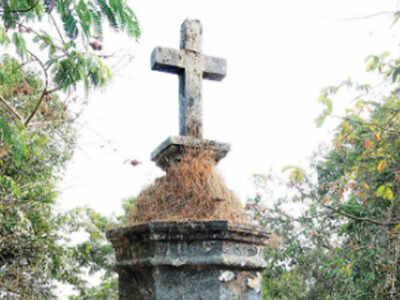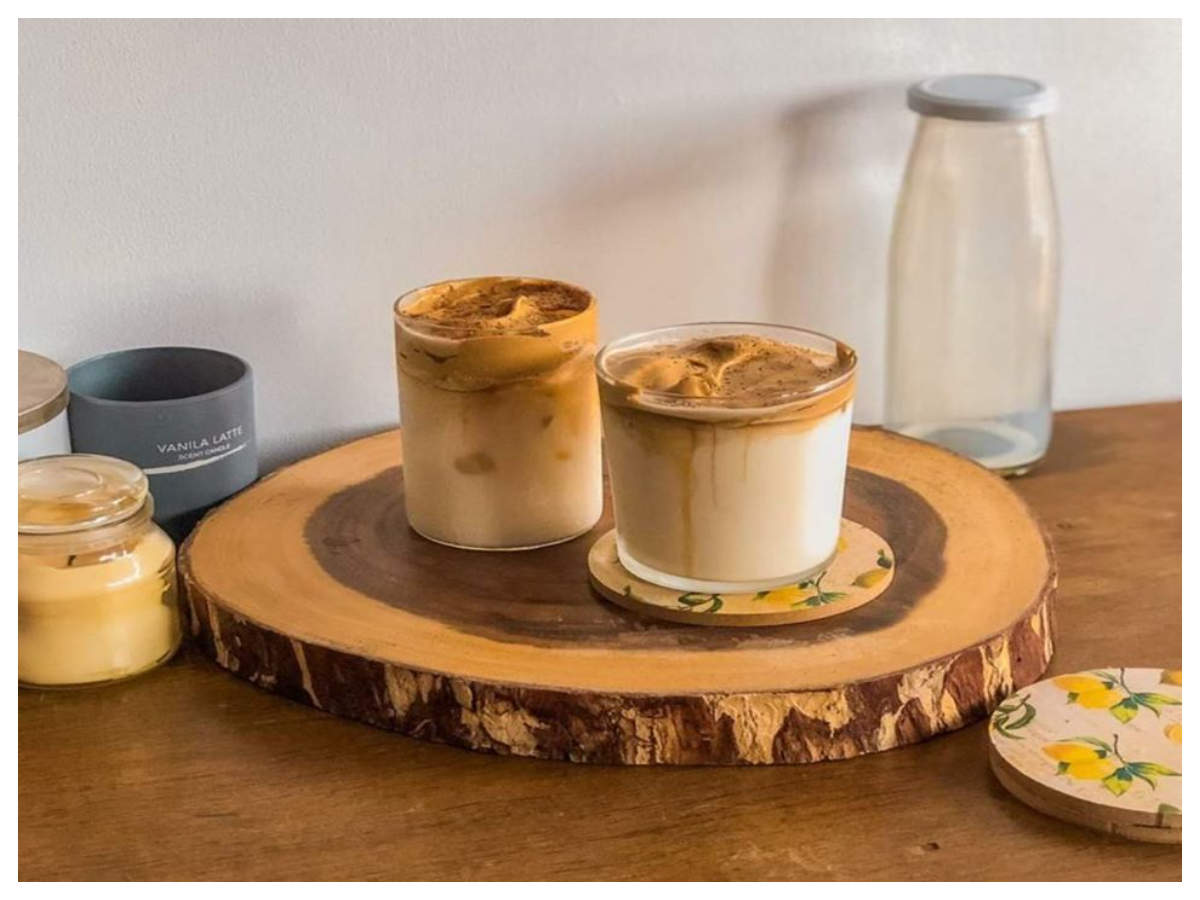
Goa had seven positive Covid-19 cases, now reduced to one, and appears to be better placed statistically than neighbouring states. But this was not the story just over a century ago, in 1918, when the Spanish flu pandemic swept through the land. At the time, many of the state’s villages were severely affected, and as oral history indicates, people dropped dead like flies.
It is estimated that between 50 to 100 million died globally in that pandemic.
Credible evidence about the devastating impact of the Spanish flu is found in oral traditions that mention dumping of scores of victims’ bodies atop the hill near ‘Bombaikarancho Khuris’ (cross built by Mumbai Goans) at Salvador do Mundo. Then, about two decades ago, a mass grave was discovered at the Batim cemetery, which further buttressed local lore.
Salvador do Mundo, a scenic village on the south-eastern rim of the vast Socorro plateau, was one of the many areas where the flu or ‘grippe’, as it was locally called, raged. “There was no place in the cemetery to bury the dead and they were just dumped on the hill nearby and at the spot near ‘Bomoikarancho Khuris’,” says 88-year-old Anna Regina Fernandes, who now resides at Malar in Divar.
Her grandmother, Ana Joaquina Rodrigues often recounted the harrowing days of the plague to Fernandes. She also remembers being told that Caridade, her uncle, was thrashed by her granny for volunteering to pull some dead bodies to the hillside.
After Regina’s marriage, the desolate site became an unforgettable parcel of her memories, as she was destined to routinely climb the hill to collect cashew fruits. “Our family had bid at the auction and obtained usufructuary rights for three years,” she says.
The pile of bones and skeletons on the hill after the plague remained a distressing sight for some time. When Saloikars residing in the metropolis visited their village during summer — a tradition for ‘Bomoikars’ in the past — they would be left deeply shaken by the scattered remains of victims.
After returning to their ‘kudd’ (residential club) in Mumbai, they quickly gathered funds to build a cross at the site. “A plaque on it credits the memorial cross to residents of the Saloi club in Mumbai,” a villager said. The skeletal remains were also placed in the well near the chapel, opposite the cross.
With time, memories and trauma associated with the pandemic faded. In 2011, Marius Fernandes, a local, and some of his friends, decided to unveil a few things to the younger generation. “We held a prayer service and a brief cultural programme (at ‘Bomoikarancho Khuris’) to create awareness about the victims,” says then parish priest of nearby Pomburpa church, Fr Santan Carvalho.
In Batim, workers digging near the church cemetery in December 2001 hit upon a mass grave reviving memories of the pandemic and villagers’ sufferings. The bones were scattered all over, even up to at a depth of 1.2m.
A few villagers still recall what their elders’ told them. “My father (Miguel) would narrate to me how his grandfather Joao Caitano described what happened. The village was badly affected and people died like flies,” says Agnelo Correia, a progressive farmer living in the neighbourhood of the cemetery.
At the time, a local newspaper had reported the finding. “My brother died, many died, only a few, including myself were saved,” an elderly villager Bosco Braganza was quoted in the report. Braganza was barely one when he was afflicted by the flu.
The remains were later given a quiet burial, but the memories will not fade any time soon.
It is estimated that between 50 to 100 million died globally in that pandemic.
Credible evidence about the devastating impact of the Spanish flu is found in oral traditions that mention dumping of scores of victims’ bodies atop the hill near ‘Bombaikarancho Khuris’ (cross built by Mumbai Goans) at Salvador do Mundo. Then, about two decades ago, a mass grave was discovered at the Batim cemetery, which further buttressed local lore.
Salvador do Mundo, a scenic village on the south-eastern rim of the vast Socorro plateau, was one of the many areas where the flu or ‘grippe’, as it was locally called, raged. “There was no place in the cemetery to bury the dead and they were just dumped on the hill nearby and at the spot near ‘Bomoikarancho Khuris’,” says 88-year-old Anna Regina Fernandes, who now resides at Malar in Divar.
Her grandmother, Ana Joaquina Rodrigues often recounted the harrowing days of the plague to Fernandes. She also remembers being told that Caridade, her uncle, was thrashed by her granny for volunteering to pull some dead bodies to the hillside.
After Regina’s marriage, the desolate site became an unforgettable parcel of her memories, as she was destined to routinely climb the hill to collect cashew fruits. “Our family had bid at the auction and obtained usufructuary rights for three years,” she says.
The pile of bones and skeletons on the hill after the plague remained a distressing sight for some time. When Saloikars residing in the metropolis visited their village during summer — a tradition for ‘Bomoikars’ in the past — they would be left deeply shaken by the scattered remains of victims.
After returning to their ‘kudd’ (residential club) in Mumbai, they quickly gathered funds to build a cross at the site. “A plaque on it credits the memorial cross to residents of the Saloi club in Mumbai,” a villager said. The skeletal remains were also placed in the well near the chapel, opposite the cross.
With time, memories and trauma associated with the pandemic faded. In 2011, Marius Fernandes, a local, and some of his friends, decided to unveil a few things to the younger generation. “We held a prayer service and a brief cultural programme (at ‘Bomoikarancho Khuris’) to create awareness about the victims,” says then parish priest of nearby Pomburpa church, Fr Santan Carvalho.
In Batim, workers digging near the church cemetery in December 2001 hit upon a mass grave reviving memories of the pandemic and villagers’ sufferings. The bones were scattered all over, even up to at a depth of 1.2m.
A few villagers still recall what their elders’ told them. “My father (Miguel) would narrate to me how his grandfather Joao Caitano described what happened. The village was badly affected and people died like flies,” says Agnelo Correia, a progressive farmer living in the neighbourhood of the cemetery.
At the time, a local newspaper had reported the finding. “My brother died, many died, only a few, including myself were saved,” an elderly villager Bosco Braganza was quoted in the report. Braganza was barely one when he was afflicted by the flu.
The remains were later given a quiet burial, but the memories will not fade any time soon.
Quick Links
Kerala Coronavirus Helpline NumberHaryana Coronavirus Helpline NumberUP Coronavirus Helpline NumberBareilly NewsBhopal NewsCoronavirus in DelhiCoronavirus in HyderabadCoronavirus in IndiaCoronavirus symptomsCoronavirusRajasthan Coronavirus Helpline NumberAditya ThackerayShiv SenaFire in MumbaiAP Coronavirus Helpline NumberArvind KejriwalJammu Kashmir Coronavirus Helpline NumberSrinagar encounter
Get the app








